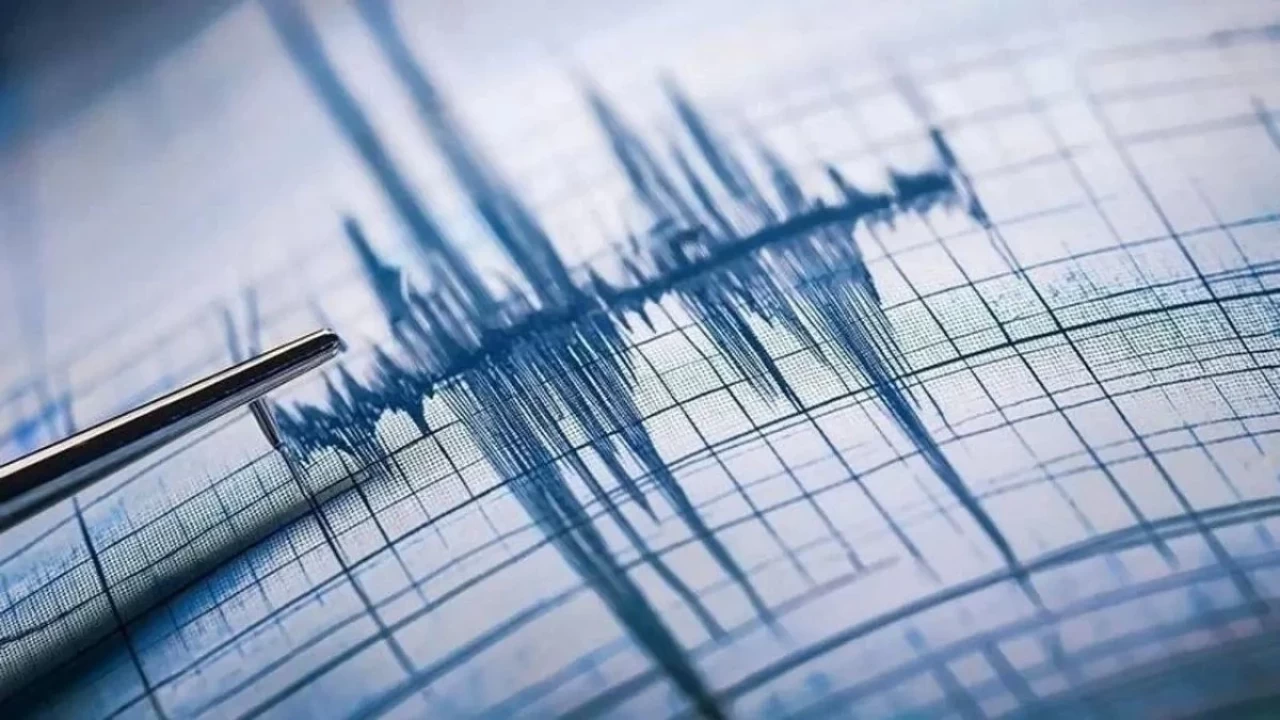Boğaziçi University’s Kandilli Observatory announced a significant achievement in its developing earthquake early warning system. The system successfully notified Istanbul of the 6.1 magnitude earthquake that occurred on October 27th in the Sındırgı district of Balıkesir, 37 seconds before the tremor was felt.
How does the earthquake early warning system work?
Earthquakes travel in two waves: the P wave (primary) and the S wave (secondary). The first P wave to arrive is generally not felt by humans. However, the S wave is the primary wave that has devastating effects. The early warning system detects the P wave and generates a warning signal before the S wave arrives.

Kandilli Observatory Director Prof. Dr. Nurcan Meral Özel stated that testing of the system began approximately 3.5 months ago. Although the earthquake in Sındırgı was approximately 210 kilometers from Istanbul, the system’s 37-second advance warning was considered a significant achievement.
The system is currently being tested by a group of approximately 2,000 people, and once the tests are complete, it will be available to all citizens and institutions. The goal is to further improve warning times by increasing the number of stations and modernizing the infrastructure.
So, what are your thoughts on the Kandilli early warning system? Share your thoughts with us in the comments!













